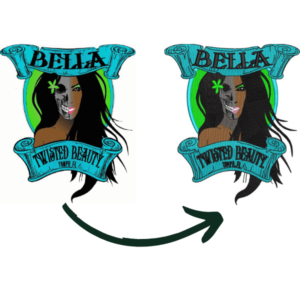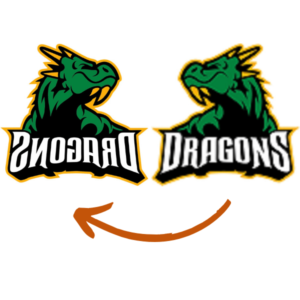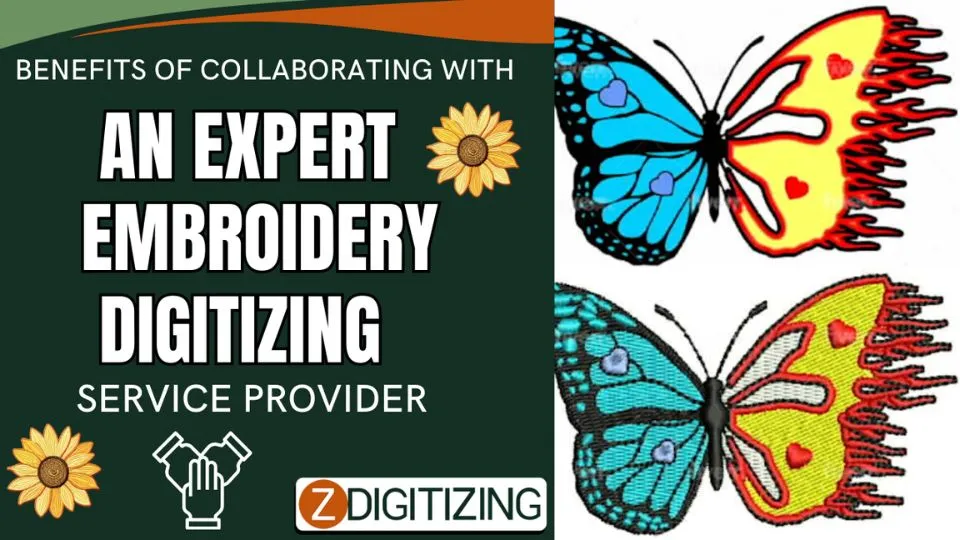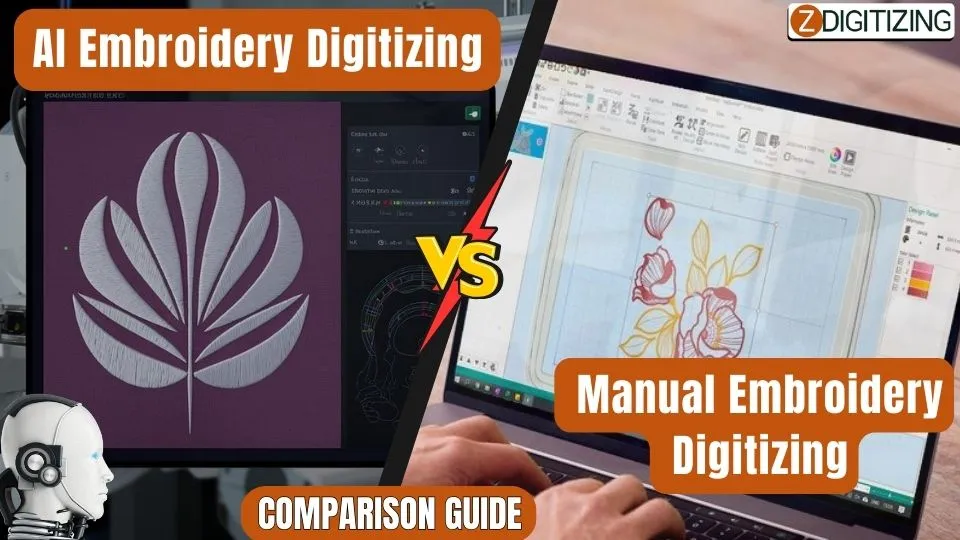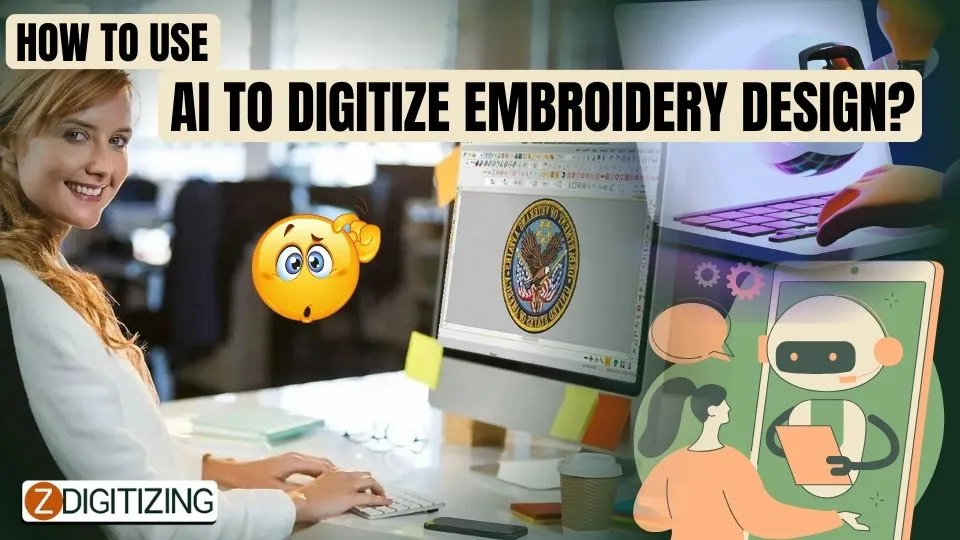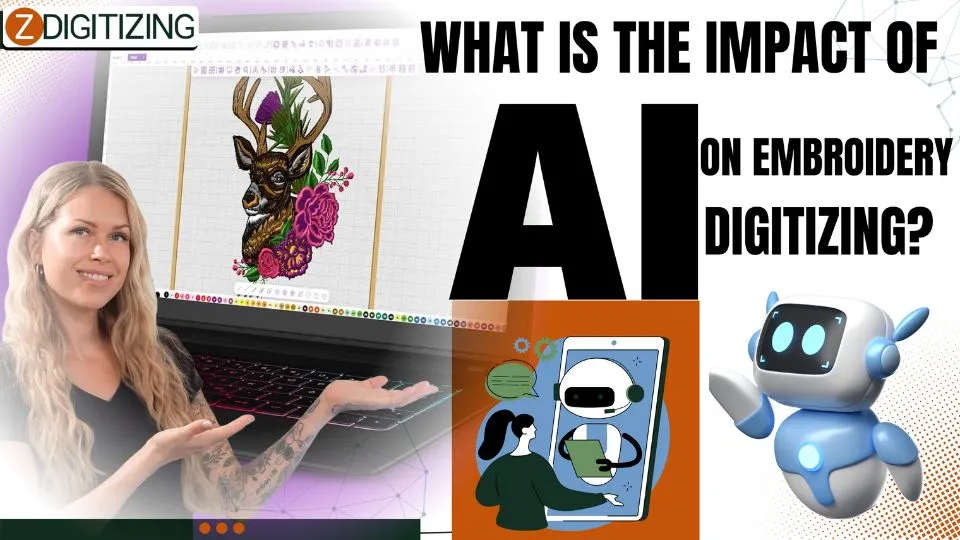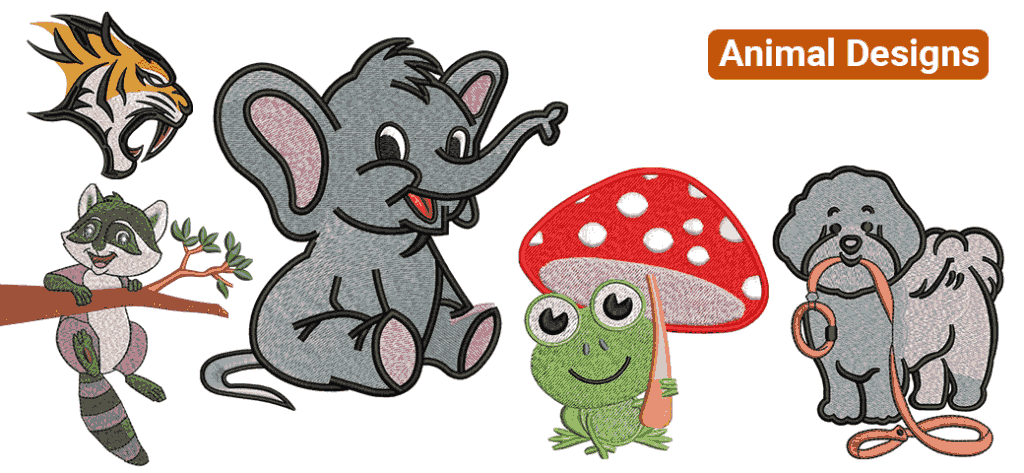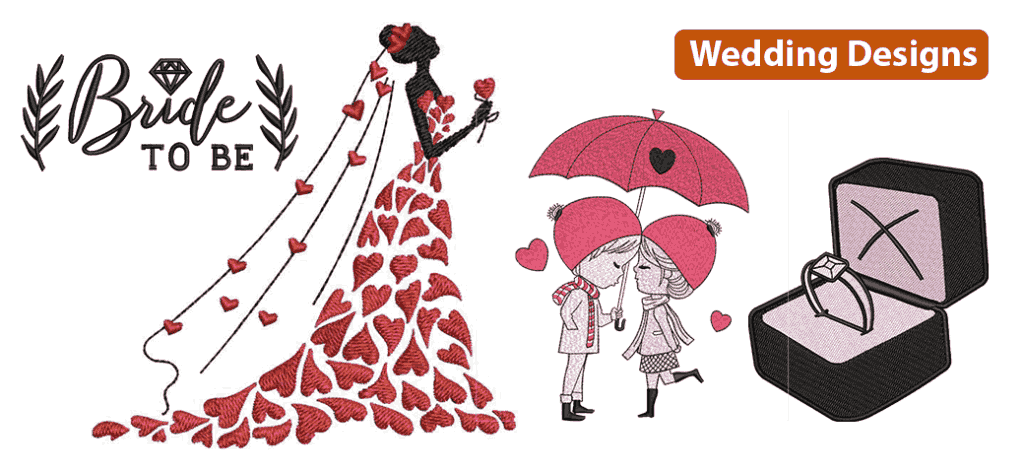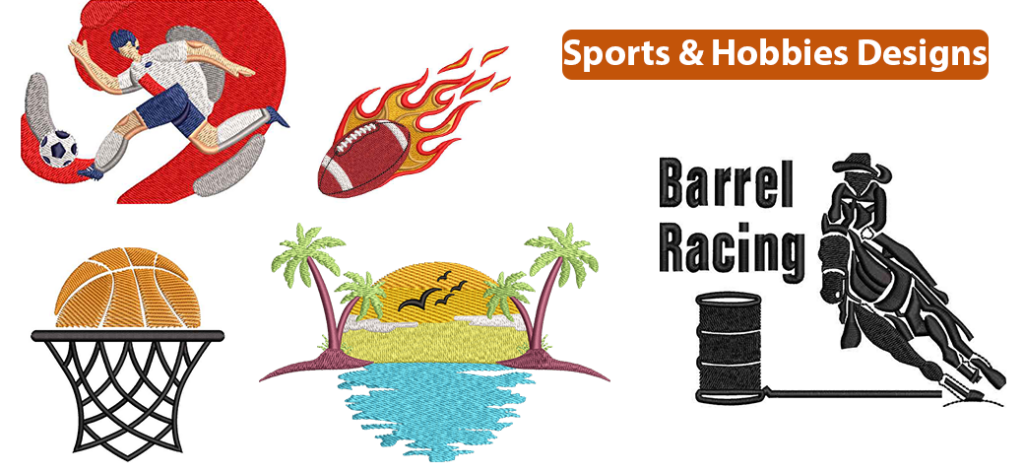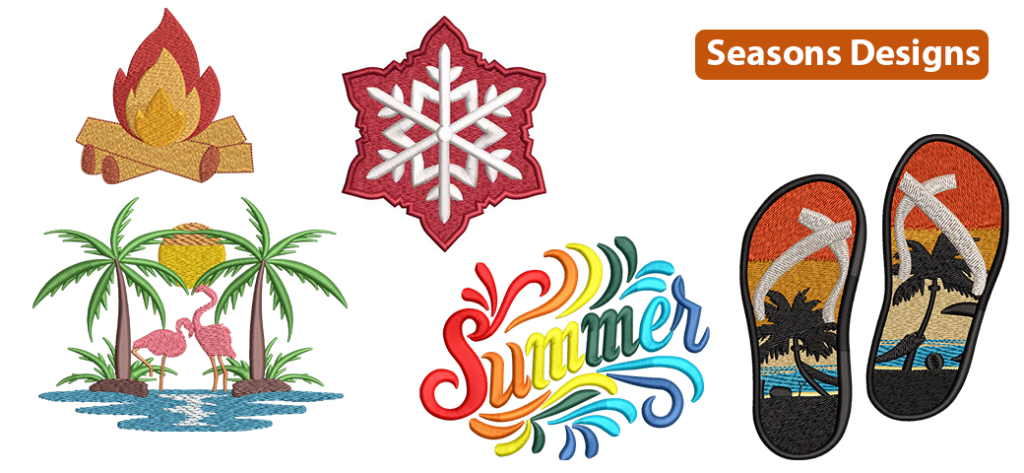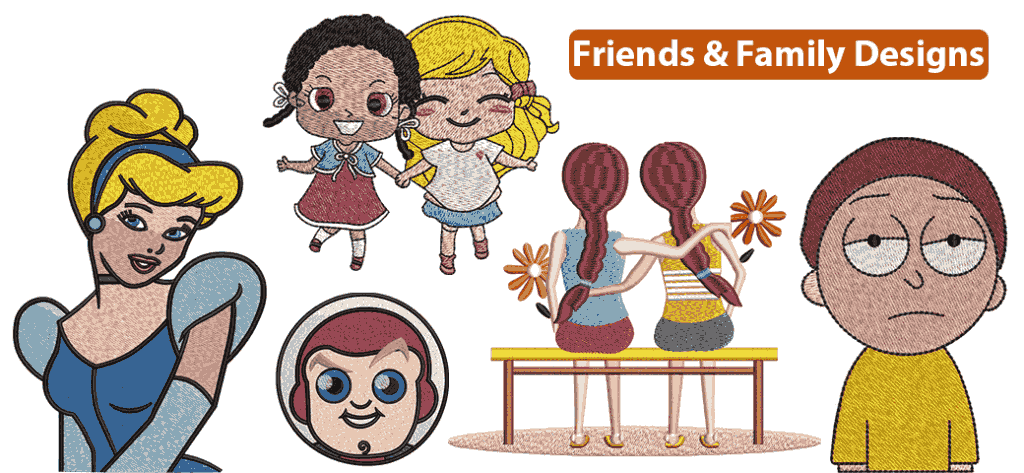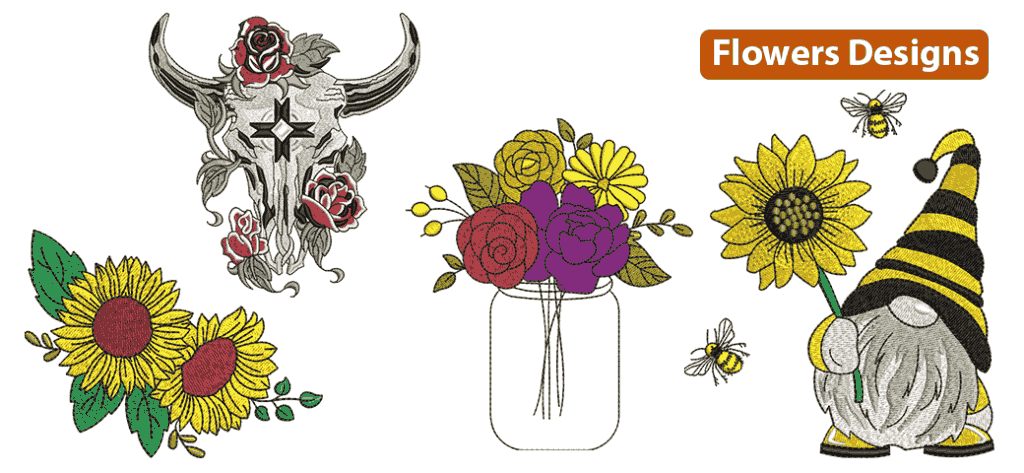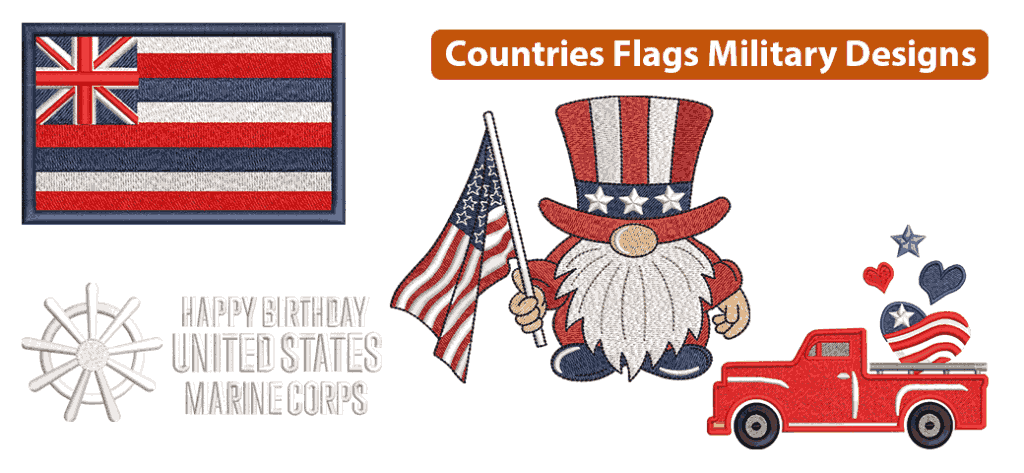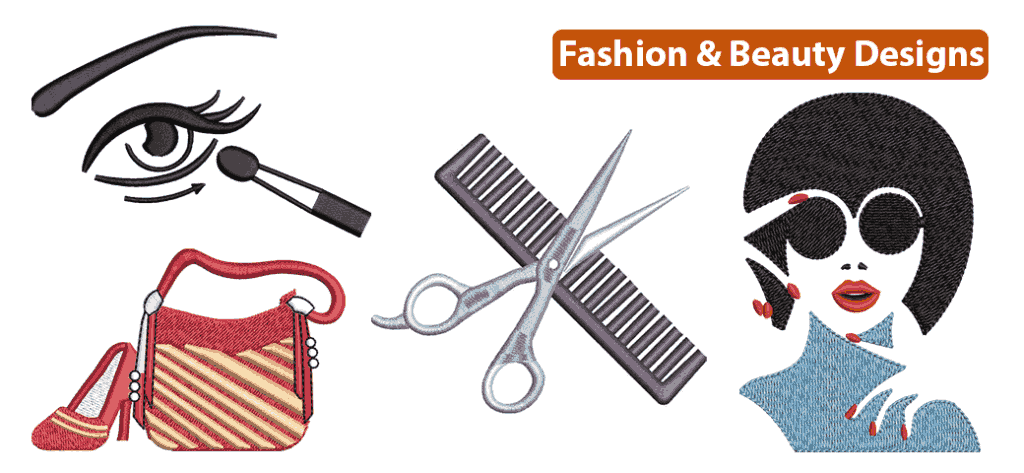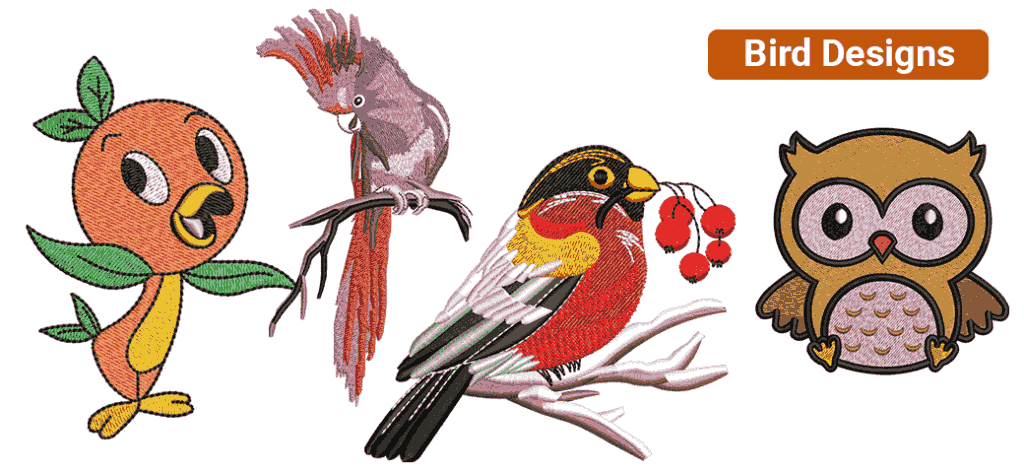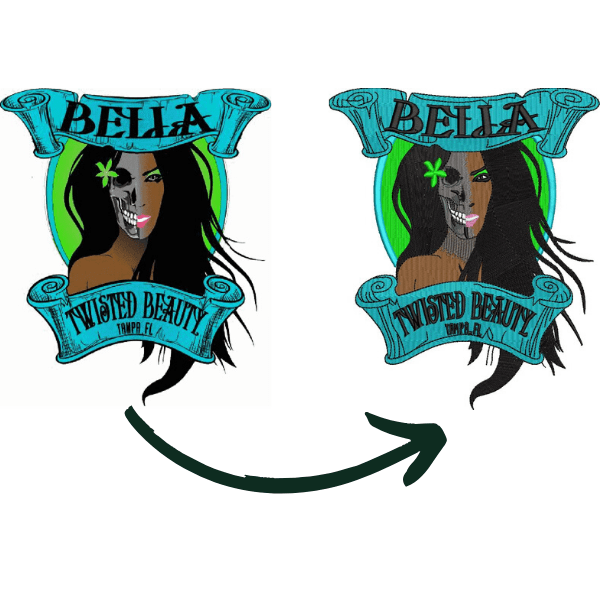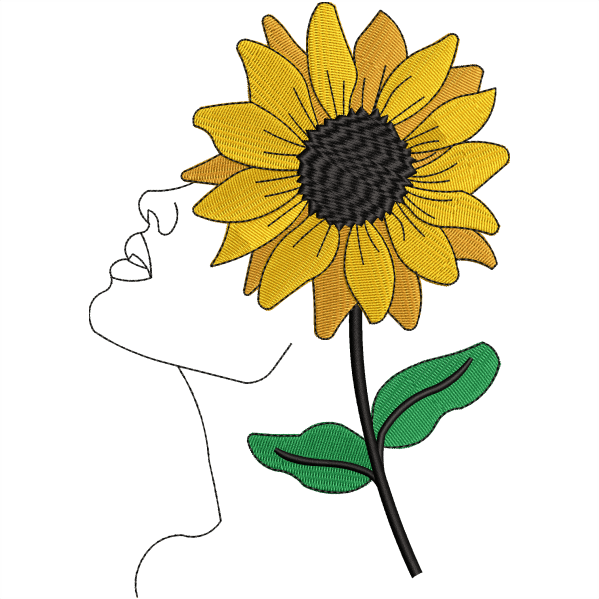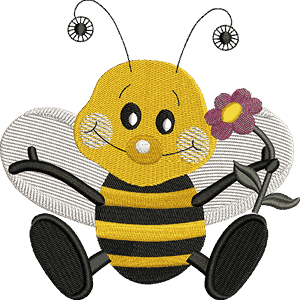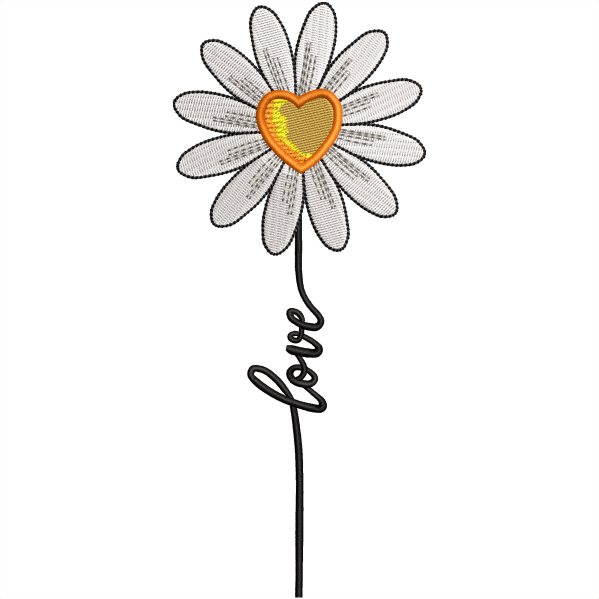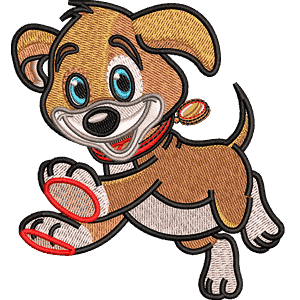Embroidered slippers are not only comfortable footwear but also a creative canvas for showcasing unique designs and personal style.
If you own an embroidery machine and are eager to explore its capabilities beyond traditional embroidery projects, making embroidered slippers can be a delightful endeavor.
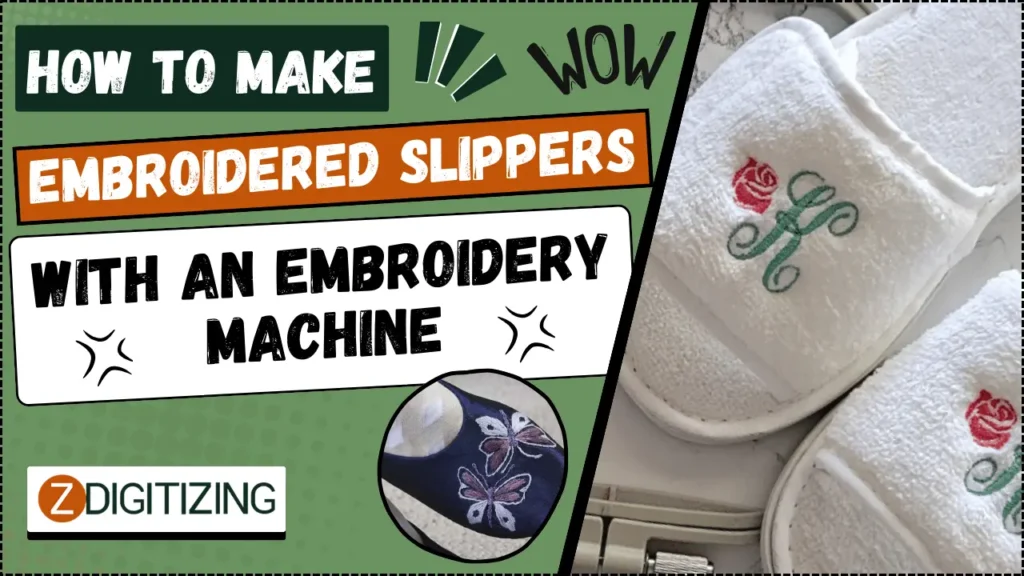
In this step-by-step guide, we will take you through the process of creating your own custom slippers using an embroidery machine.
So gather your materials and let’s dive into the world of embroidered slippers!
How To Make Embroidered Slippers With An Embroidery Machine
Essential Materials for the Embroidered Slippers
To get started on your embroidered slipper adventure, you’ll need a few key materials:
- Embroidery Machine: This is the star of the show. An embroidery machine allows you to easily stitch intricate designs onto your slippers. Make sure you have a machine that is compatible with slipper embroidery.
- Slippers: Choose a pair of slippers that are suitable for embroidery. Look for ones made of fabric that can accommodate the stitching and won’t be damaged in the process.
- Embroidery Thread: You’ll need a variety of threads in different colors to bring your designs to life. Select high-quality embroidery thread that is durable and vibrant.
- Stabilizer: This is a backing material that helps keep the fabric stable during embroidery. Different stabilizers are available depending on the type of fabric and design you choose.
- Embroidery Needles: These specialized needles are designed to work with the embroidery machine and the chosen fabric. Make sure you have the appropriate needles for your project.
- Design Software: If you want to create your own unique designs, you’ll need embroidery software that allows you to digitize and customize your patterns. Alternatively, you can also choose from pre-made designs available online or in stores.
Embroidered Slippers: Step-by-Step Process
It’s time to start the embroidery process:
Step 1 - Choosing and Preparing the Slipper Fabric
First, you’ve to choose the right type of fabric and prepare it for the slipper.
Selecting the Right Fabric for Embroidered Slippers
When it comes to fabric for embroidered slippers, opt for a material that is sturdy yet comfortable.
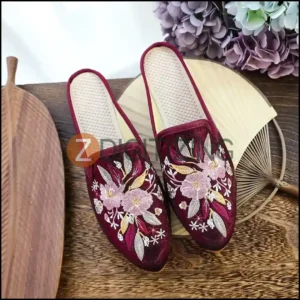
Avoid fabrics that are too thin or stretchy, as they may not handle the embroidery process well. Canvas, denim, or even faux leather can be great options to work with.
Preparing the Fabric for Embroidery
Before embroidering, it’s important to prep your slipper fabric. Start by cutting out the fabric pieces according to the pattern or template provided with your slipper pattern.
If there is no existing pattern, measure and mark the dimensions based on your slipper size. To prevent any puckering or distortion during embroidery, add a layer of stabilizer to the back of the fabric.
Choose a stabilizer that suits the fabric type and hoop it together with the fabric. This will provide support and keep everything in place while you stitch the design.
Step 2 - Design Selection and Customization for Embroidery
Let’s dive into the exciting world of design selection and customization.
Exploring Design Options for Embroidered Slippers
When it comes to design options for embroidered slippers, the sky’s the limit!
There are countless designs available in our store from cute animals to intricate floral patterns. Choose a design that speaks to you or reflects the personality of the wearer at an affordable rate.
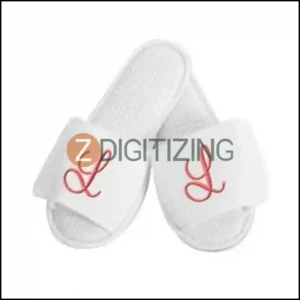
If you don’t like anyone of them you can hire us for your custom design. We manually digitize it and convert it into an error-free embroidery file with a fast turnaround. We offer embroidery digitizing services at affordable rates with the best quality results.
Customizing Designs for Personalized Slippers
To add a personal touch to your embroidered slippers, consider customizing the design. You can modify colors, add initials, or even incorporate small details that are meaningful to you or the person you’re making them for. Get creative and make the design truly unique!
Step 3 - Setting Up the Embroidery Machine for Slipper Embroidery
To prepare your embroidery machine for slipper embroidery, start by selecting the appropriate hoop size that matches your slippers. Hoops are used to hold the fabric in place during stitching. Attach the hoop securely to the machine and make sure it’s aligned properly.
Make sure the fabric is taut, but not overly stretched, within the hoop. A secure and even hooping will ensure that the embroidery design is stitched accurately on the slippers.
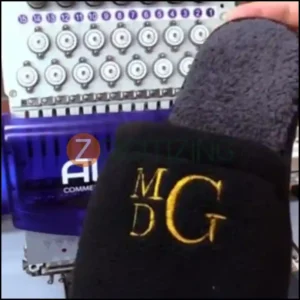
Next, load the desired design into the machine either through a USB drive or by transferring it digitally. Secure the chosen embroidery thread and insert the correct needle. Check the tension settings and make any necessary adjustments.
Now that your machine is ready, it’s time to move on to choosing and preparing the slipper fabric!
Step 4 - Embroidery Stitching Process for Slippers
With the fabric hooped and the machine ready, it’s time to let the magic happen. Start the embroidery stitching process, ensuring that the needle is landing precisely where it needs to be on the slipper fabric.
Sit back and watch as the intricate design takes shape. Take care not to rush or disrupt the machine while it does its thing.
Step 5 - Finishing Touches and Additional Embellishments
Once the stitching is complete, you’re ready for the finishing touches!
Trimming and Cleaning Embroidered Slippers
After the embroidery is done, it’s time to trim any excess threads and clean up the slippers. Use sharp scissors to carefully remove any lingering threads without damaging the embroidered design.
Take your time and be patient – it’s all worth it for those perfectly finished slippers!
Adding Extra Embellishments and Accents
Now that your slippers are beautifully embroidered, you can add some extra flair if desired. Consider embellishing them with beads, sequins, or fabric paint to make them truly unique. Let your creativity shine and turn your slippers into wearable works of art!
Care and Maintenance of Embroidered Slippers
Embroidery slippers require proper care and maintenance. Let’s see how you can take care of them:
Proper Cleaning and Washing Techniques
To keep your embroidered slippers looking their best, it’s important to follow proper cleaning and washing techniques. Check if your slippers are machine washable or if they require hand washing.
Use mild detergent and cold water to protect the embroidery. Avoid using bleach or harsh chemicals that may cause the colors to fade or the stitches to unravel.
Storing and Protecting Embroidered Slippers
When not in use, store your embroidered slippers in a cool and dry place to prevent any damage. Avoid storing them in direct sunlight or damp areas, as this can cause fading or mildew.
If possible, keep them in a dust bag or a clean and breathable container to protect them from dust and dirt.
Tips and Troubleshooting for Successful Embroidered Slipper Projects
If you face any trouble you need to follow the below-mentioned point with tips to successfully embroider on slippers.
Troubleshooting Common Embroidery Challenges
- If the fabric slips in the hoop, use a temporary adhesive spray or sticky stabilizer to secure it.
- If the embroidery design puckers, adjust the tension on your machine or consider resizing the design for a better fit.
- If the thread keeps breaking, check for any obstructions or knots in the machine, and rethread the needle.
- If the stitches are uneven, ensure that the hoop is tightly secured and the fabric is evenly hooped.
Helpful Tips for Embroidery Success
Choose the right stabilizer for your slipper fabric to ensure proper support during embroidery.
- Test stitch on a scrap fabric before starting on the slippers to check design placement and thread tension.
- Consider using a water-soluble stabilizer on top of the fabric to prevent stitches from sinking into the material.
- Use high-quality embroidery thread for vibrant and long-lasting results.
- Take breaks and stretch during long stitching sessions to avoid fatigue.
With these tips and troubleshooting techniques, you’ll be well on your way to creating stunning embroidered slippers with your embroidery machine.
Final Thoughts
Embroidered slippers offer a unique way to express your creativity and add a personal touch to your everyday footwear.
By following the step-by-step process outlined in this article, you can create beautiful and customized embroidered slippers using an embroidery machine.
Whether you choose to gift them to a loved one or keep them for yourself, these embroidered slippers are sure to make a stylish statement.
So, gather your supplies, unleash your imagination, and start making your own fabulous embroidered slippers today!
ZDigitizing: The Best Place for Embroidery Digitizing Services
Are you looking for amazing embroidery digitizing services? Look no further than ZDigitizing! We provide top-quality embroidery digitizing and vector art services that are perfect for all your embroidery and printing needs.
Guess what? You can offer 50% off on your first order on all of our services! Just chat with us, and within 5 minutes, we’ll provide you with a free quote. We believe in keeping things simple and fast for our customers.
If you found this article helpful, why not share it with your friends? Let them know about our incredible services and discounts. It’s a chance for everyone to experience top-notch digitizing services.
Thank you for reading! We are excited to assist you with all your embroidery projects.
Frequently Asked Questions:
Yes, you can embroider shoes with an embroidery machine, especially if it has a free-arm capability and appropriate hoops for shoe sizes. It requires skill and the right machine set up to accommodate the unique shape and material of shoes.
An embroidery machine can work on leather, provided it’s equipped with a needle designed for leather and appropriate settings for handling this tougher material. It’s important to use a machine that can adjust to the thickness and texture of leather.
For embroidering shoes, use a needle that matches the shoe material. For instance, a leather needle for leather shoes, and a sharp, durable needle for thicker fabrics. The correct needle size and type ensure clean embroidery without damaging the material.
A good embroidery machine should offer versatility, ease of use, and reliability. Popular choices include models from Brother, such as the PE800, Janome’s Memory Craft line, and the Bernina B series, known for their quality and advanced features.

